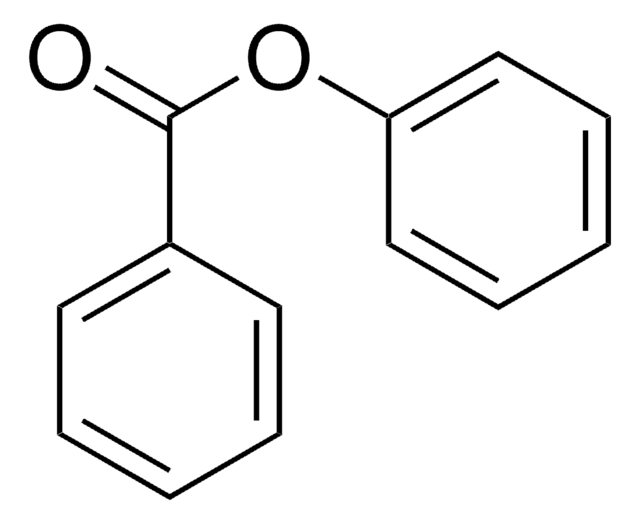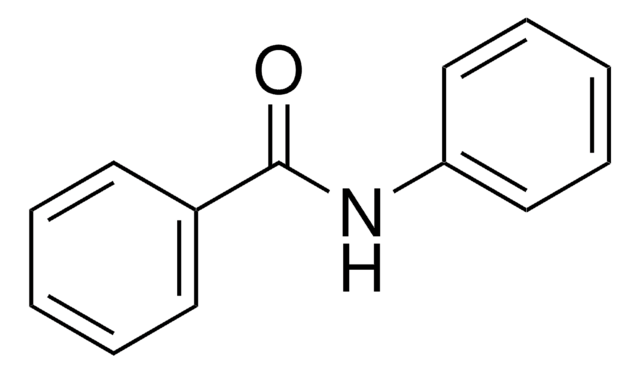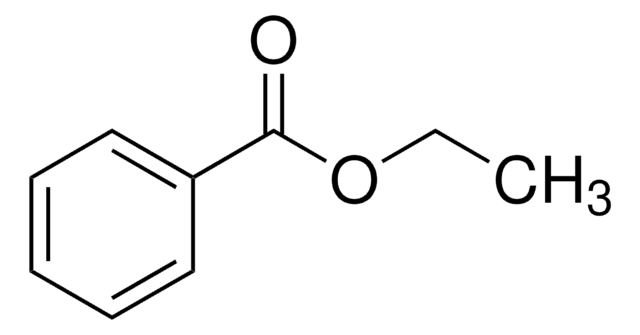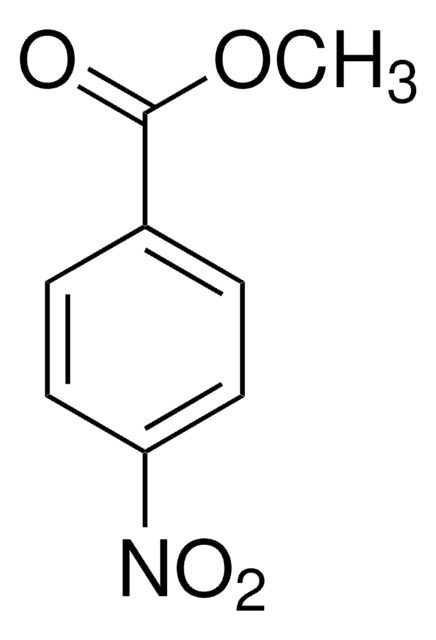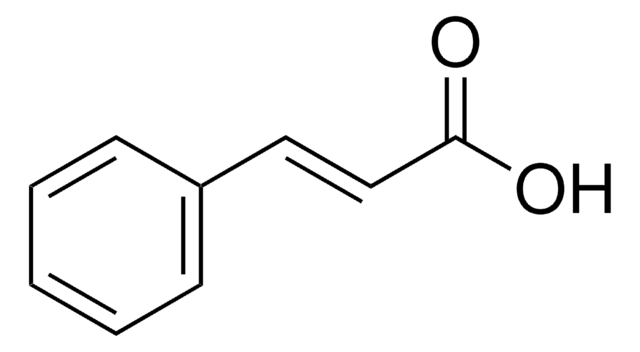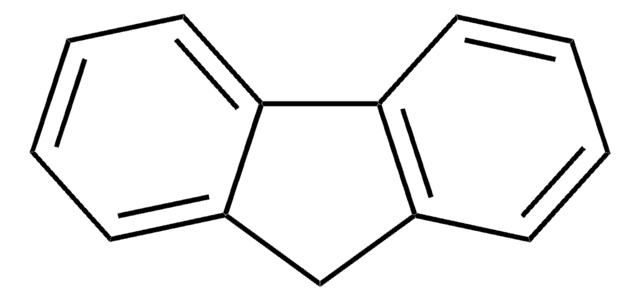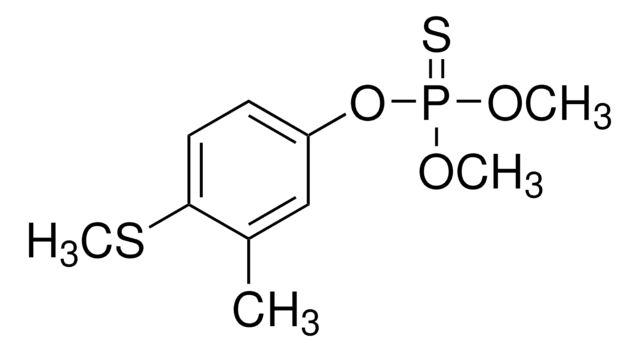142719
Phenyl benzoate
99%
Synonym(s):
Benzoic acid phenyl ester
About This Item
Recommended Products
Assay
99%
form
solid
bp
298-299 °C (lit.)
mp
68-70 °C (lit.)
solubility
alcohol: freely soluble (hot)
diethyl ether: slightly soluble
water: insoluble
functional group
ester
SMILES string
O=C(Oc1ccccc1)c2ccccc2
InChI
1S/C13H10O2/c14-13(11-7-3-1-4-8-11)15-12-9-5-2-6-10-12/h1-10H
InChI key
FCJSHPDYVMKCHI-UHFFFAOYSA-N
Looking for similar products? Visit Product Comparison Guide
Related Categories
General description
Phenyl benzoate serves as a precursor that undergoes the intramolecular biaryl coupling reaction to produce the intermediate for the synthesis of (−)-steganone.
Application
Signal Word
Warning
Hazard Statements
Precautionary Statements
Hazard Classifications
Acute Tox. 4 Oral - Skin Irrit. 2
Storage Class Code
11 - Combustible Solids
WGK
WGK 3
Flash Point(F)
Not applicable
Flash Point(C)
Not applicable
Personal Protective Equipment
Choose from one of the most recent versions:
Already Own This Product?
Find documentation for the products that you have recently purchased in the Document Library.
Customers Also Viewed
Articles
The Fries rearrangement reaction is an organic name reaction which involves the conversion of phenolic esters into hydroxyaryl ketones on heating in the presence of a catalyst. Suitable catalysts for this reaction are Brønsted or Lewis acids such as HF, AlCl3, BF3, TiCl4, or SnCl4. The Fries rearrangement reaction is an ortho, para-selective reaction, and is used in the preparation of acyl phenols. This organic reaction has been named after German chemist Karl Theophil Fries.
Our team of scientists has experience in all areas of research including Life Science, Material Science, Chemical Synthesis, Chromatography, Analytical and many others.
Contact Technical Service